Ruling coalition under strain as Maryam-Bilawal feud tests Pakistan’s fragile power balance
Flood relief and water rights spark Punjab-Sindh clash, raising doubts over Shehbaz Sharif’s government survival
Imran Kazmi
Senior Producer/Acting News Editor
Imran Kazmi is a seasoned digital journalist with nearly 15 years of experience in the media industry, including senior editorial roles at Pakistan’s leading news organisations.
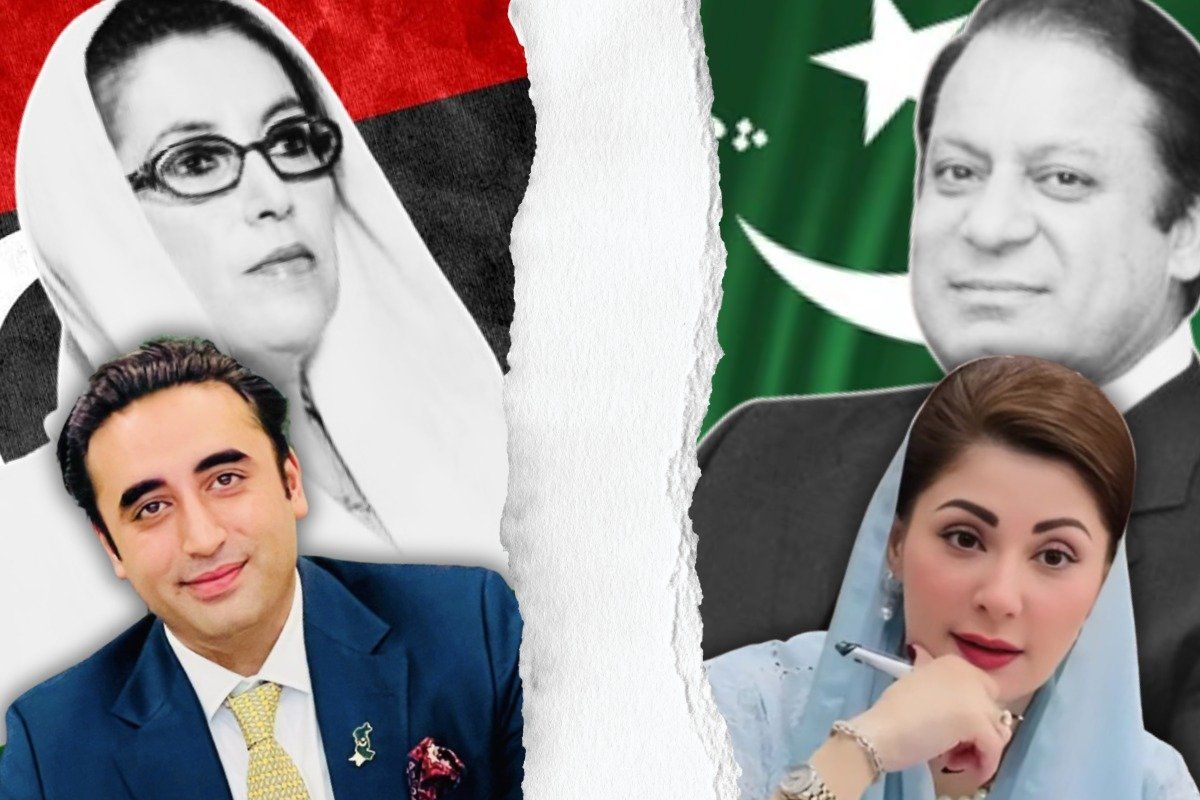
In the 1990s, it was Maryam’s father, Nawaz Sharif, against Bilawal’s mother, Benazir Bhutto. Today, the baton of rivalry has passed to a younger generation.
Illustration: Nukta
In Pakistan’s tense corridors of power, an old rivalry has found new heirs.
Punjab’s Chief Minister Maryam Nawaz Sharif and Sindh’s Bilawal Bhutto-Zardari, two of the country’s most prominent political heirs, are locked in a battle that could decide the fate of Pakistan’s ruling coalition.
Their families have clashed before. In the 1990s, it was Maryam’s father, Nawaz Sharif, against Bilawal’s mother, Benazir Bhutto. Today, the baton of rivalry has passed to a younger generation. And their feud is already straining the uneasy partnership between the Pakistan Muslim League-Nawaz (PML-N) and the Pakistan Peoples Party (PPP).
From expediency to confrontation
The coalition was stitched together following the ouster of former Prime Minister Imran Khan. It was an alliance born of necessity rather than trust. Shehbaz Sharif later became prime minister and Asif Ali Zardari – Bilawal’s father – was elected president in 2024.
For months, both sides projected unity. But beneath the surface, old suspicions never went away.
Now, with Pakistan still reeling from floods and facing a fragile economy, that suspicion has erupted into open confrontation.
The latest dispute began with Punjab’s controversial Cholistan canals project. The PPP opposed it, passing a resolution in the Sindh Assembly. The clash deepened after floods hit both provinces, sparking a bitter war of words over aid distribution.
Bilawal mocked Punjab’s relief efforts. Maryam fired back, warning that “those who point fingers at Punjab will have their fingers broken.”
A battle of political turf
For Bilawal and his sisters, Bakhtawar and Aseefa, the answer lay in the Benazir Income Support Program (BISP). They demanded all flood compensation flow through it – a move that would tie aid to their mother’s name. Maryam refused. “Not everything can be cured by the BISP,” she said, accusing PPP of failing to use its own resources for public welfare.
The confrontation soon spilled into parliament. PPP lawmakers staged noisy walkouts from both the National Assembly and Senate, demanding a public apology from PML-N.
At stake is more than just relief money. Political analysts say the feud is really about turf – Punjab versus Sindh. “Whoever wins Punjab forms the government,” veteran journalist Amir Zia told Nukta. “Maryam Nawaz sees Punjab as her political turf. The PPP wants space there too. That’s the fundamental tension.”
Fragile numbers, fragile unity
The numbers in parliament show just how fragile Shehbaz Sharif’s coalition is. PML-N controls 123 seats, PPP 74, and a handful of smaller allies push the total to 235. But the majority threshold is 169. If PPP walks away, the government is left with only 161 – far short of survival.
That reality explains why Prime Minister Shehbaz rushed to Jati Umra to seek his brother Nawaz Sharif’s help in reconciling with Zardari before leaving for Malaysia. But Nawaz and Zardari have not met since October last year.
A tale of two narratives
The clash has also turned into a battle over image.
Maryam has staked her reputation on Punjab’s governance. Azaz Syed, a senior journalist, said she impressed during the floods. “She made an unprecedented announcement of PKR 500,000 or more for families who lost homes. Everyone I met in Punjab praised her relief work,” he said.
But Syed argued that politically, Maryam miscalculated by attacking Sindh. “She was supposed to rise as a national leader, but now she’s being seen only as a Punjab leader,” he said. “That’s a loss for PML-N. PPP, on the other hand, has scored political points.”
Zia, meanwhile, was skeptical of Maryam’s rise. “Despite government propaganda, she struggles to connect with people. Her popularity is still artificial. True popularity will be tested in elections.”
PTI looms in the background
Lurking behind the coalition drama is Imran Khan’s Pakistan Tehreek-e-Insaf (PTI). Still the country’s most popular party, it governs Khyber Pakhtunkhwa, has a growing presence in Sindh, and remains dominant in Punjab.
“Imran Khan is PTI, nothing else,” Syed said. “If he were released and elections held, both PML-N and PPP would lose badly. But that ‘if’ remains the biggest obstacle.”
A coalition on edge
For now, the government continues to function, held together by necessity and fear of collapse. But the feud between Maryam Nawaz and Bilawal Bhutto has revived memories of the 1990s, when their parents worked tirelessly to topple each other.
The difference today is that the stakes are higher. Pakistan, flush with newfound global attention after Field Marshal Asim Munir’s rise on the world stage, can ill afford instability at home.
The question now is simple: can Shehbaz Sharif hold his coalition together, or will the latest chapter of the Sharif-Bhutto rivalry bring his government down?


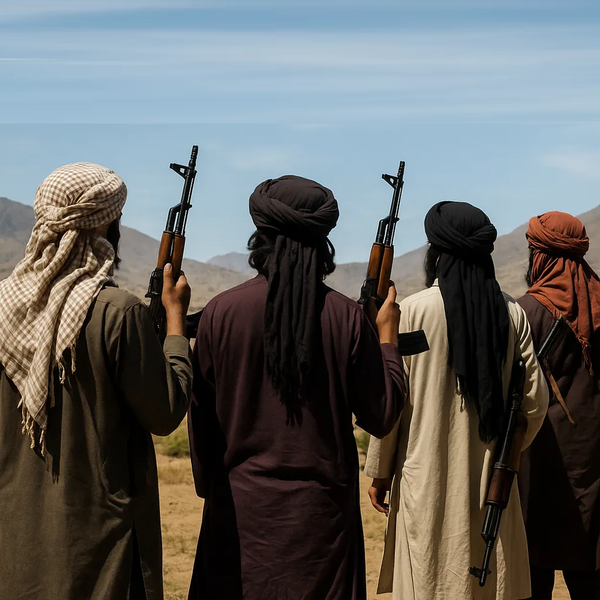
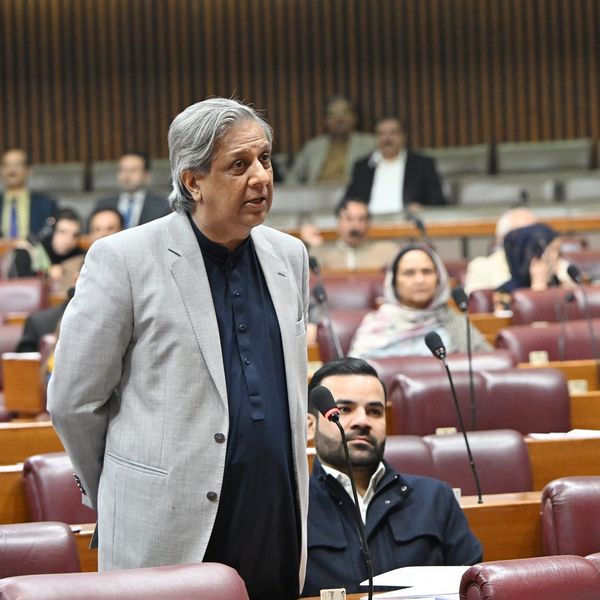

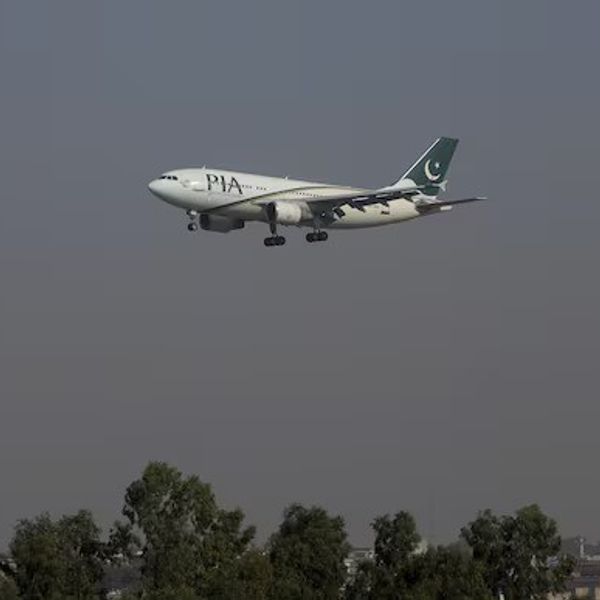
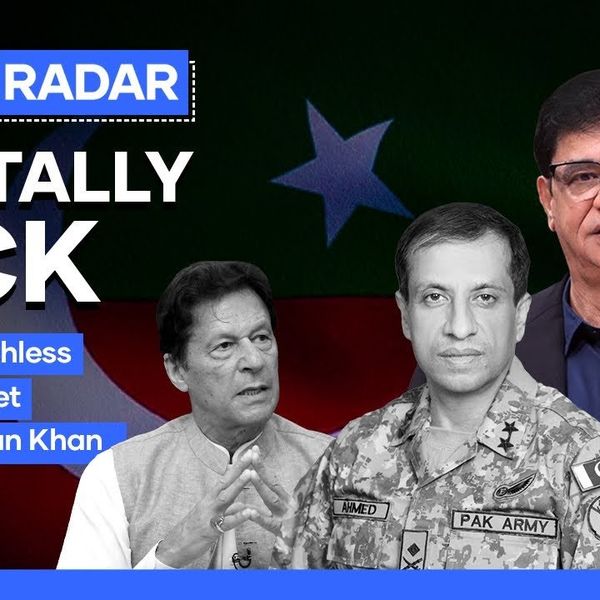



Comments
See what people are discussing